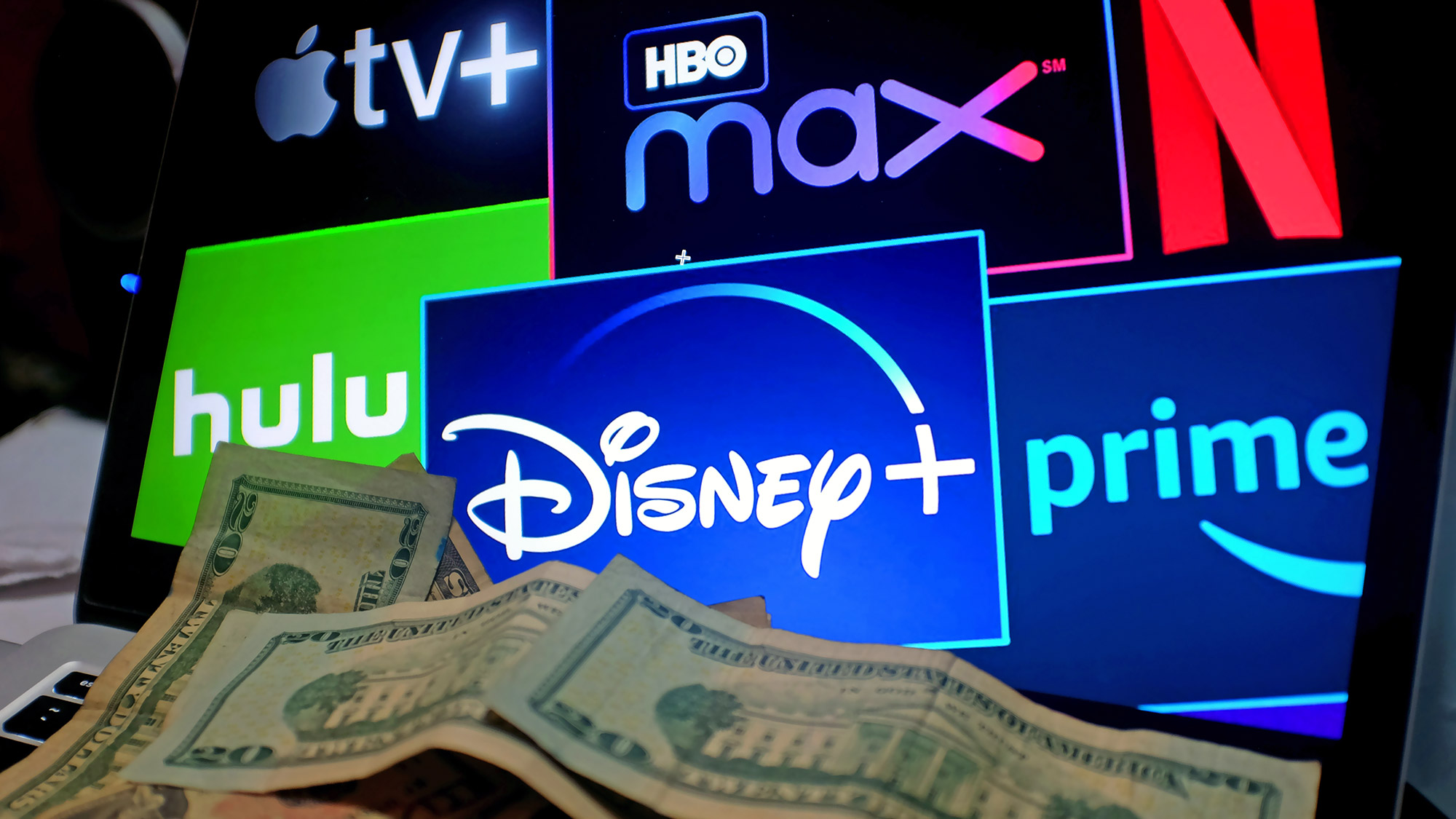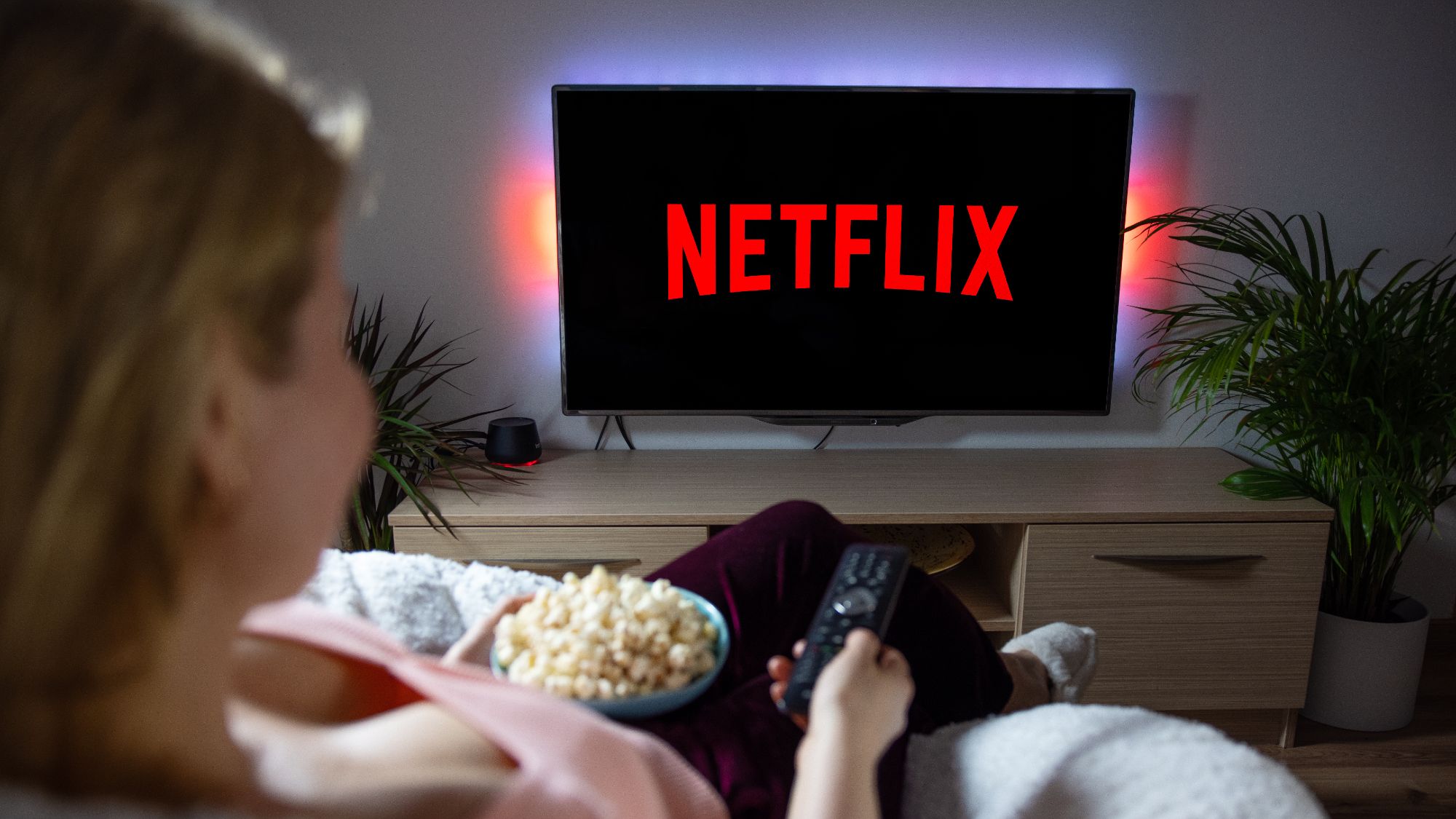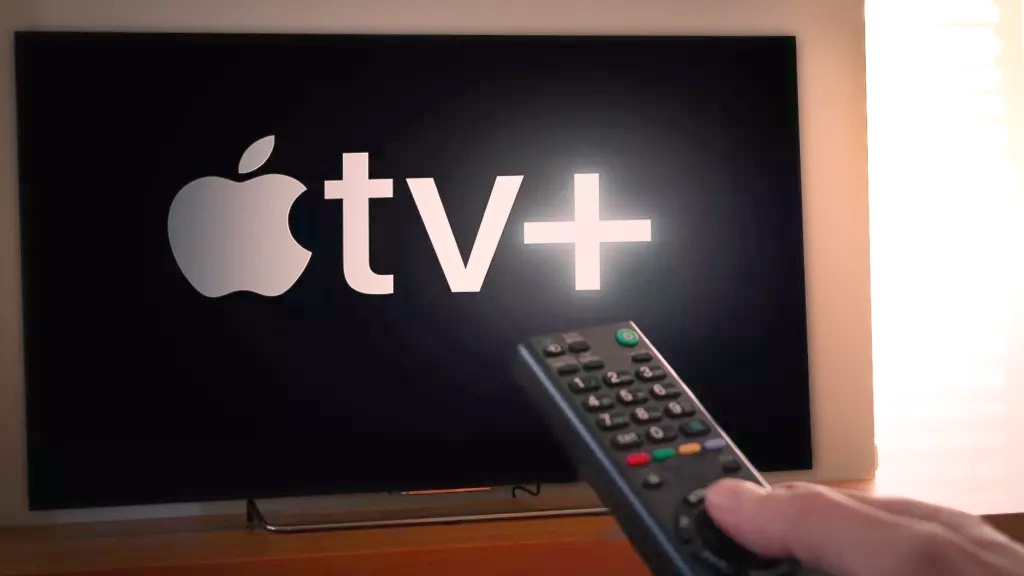I’m saving over $50 a month on streaming with this trick — here’s how
Organizing your watch list by streaming service can save you money

When it comes to TV, I didn't used to be this organized. I was a collector of streaming services, not a curator. It started with Netflix and Amazon Prime Video, but before I knew it, the golden age of television added Disney Plus, Apple TV Plus, Paramount Plus, and Now TV to my wallet-busting list of subscriptions (I'm based in the UK, so no Hulu or Peacock for me).
This all-you-can-eat approach worked — for a time. I was drawn in by the relatively low monthly or annual costs of new streaming services trying to aggressively carve out their slice of the market. It was also exciting to have unlimited entertainment at my fingertips. That said, I could make being a streaming service collector work financially exactly the way everyone else could: account sharing.
But that all changed with Netflix's password-sharing crackdown. Suddenly, a service for which I was paying almost nothing became a £18 ($23) a month expense if I wanted to continue watching at the quality I was used to. And considering the amount I'd invested in a 4K, surround-sound setup, yes, I did.
Once the inevitable Disney Plus password-sharing crackdown was announced, things got serious. And all that was made worse by a cost of living crisis and widespread streaming price hikes.
The streamers' diabolical plan had worked: Get me in with the price low, then I'm hooked as costs climb.
With the amount I was spending on steaming per month set to skyrocket, things couldn't carry on like this. The mix-and-match, gut-busting buffet had to make way for a sensible a la carte option. I put together a plan that's now saving me the equivalent of over $50 a month — a kind of home-cooked Black Friday streaming deal, you could say — and with just a bit of time and energy spent on planning and admin, I'm going to help you do the same. Here's how I did it.
How to save money on subscriptions by organizing your watch lists by streamer

1. Find an organization app that works for you
The first step is finding an intuitive platform where you can organize the content you want to watch. I highly recommend Sofa — I used to use it for all sorts of entertainment, but given all the streamers, shows, and subscriptions to keep track of, I use it solely for TV and home movies now.
2. Create watch lists for each streamer
Use the app to keep track of which shows and home movies you want to watch and split them up by streamer. Heard about a great comedy that's new on Netflix? Stick it on the Netflix list. Your friend told you about one of the best new Paramount Plus movies? Add that to your Paramount Plus backlog.
3. Subscribe to the streamer with the most exciting list for a month, and turn off auto-renew
Once your streamer-specific watch lists have been created and you're ready to start watching, subscribe to the service with the most alluring list. Just make sure that once you've paid for the month, you turn off auto-renew or cancel right away so you aren't automatically billed. It's another hurdle between you and your next binge of the best Netflix movies, but in most cases, it's as easy as a few clicks.
4. When your subscription ends, repeat step 3.
Ready to tackle your Disney Plus backlog next? Or perhaps you haven't finished The Wheel of Time season 2 on Amazon Prime Video yet and need to sign up for another month to finish it off? Maybe this month you're on holiday and don't need to subscribe to anything. Regardless, go for what works for you.
The pros and cons of my churning system

And that's it. It really is as simple as that. The thing is, while there are plenty of benefits of what they call "churning" (and it's not just saving money), there are some drawbacks to the month-to-month approach:
Pro: You save money
Naturally this is the main motivator, so here's an example of how much I'm saving. The main services I'm interested in, along with their U.S. monthly costs are:
So, if I choose any service besides Netflix or Disney Plus' premium offerings, I'm saving over $50 a month. Then, with the money I've saved, I feel more comfortable when I do go for the relatively-expensive Netflix Premium. I'd rather pay for that a few times and get the best quality than suffer through ads all year.
Of course there are the options of cheaper packages with ads or at poorer quality, if that works for you. Even if you can't decide and choose to sub to two or three, you'll still benefit over subbing to them all.
Con: Spoilers!
Depending on the show you're watching and your threshold for spoiler pain, you may have to keep half an eye shut when scrolling through social media if you go month-to-month.That said, the alternative is gobbling up each new entry each week and subscribing/paying for longer than you might have otherwise.
Pro: You're less likely to be waiting week-to-week
I understand the fun of mulling over a cliffhanger and the anticipation of it being resolved a week later. Chatting to friends, formulating theories, feverishly counting down the hours — but I don't have time for that nowadays. Today, I just sit back with both parts of The Witcher season 3 ready to go once I've logged back in, and relax.
Con: You miss out on exciting shows on other services
Let's say you've agonizingly narrowed down your choice of streamer to Apple TV Plus this month to catch up on Slow Horses before the new series — but you totally forgot about Scott Pilgrim Takes Off on Netflix. For your favorite new releases, a month can be a long time, but I'd advise against starting different services at different times of the month if you're trying my system. It'll be too confusing to keep track of it all.
Pro: You're less likely to start a show that gets axed
Chances are there's more TV to watch that's worth your time than you actually have hours in the day, so you don't want to waste it on a show that gets axed. Netflix is infamously ruthless with cancelling under-performing shows — just last week Netflix cancelled Shadow and Bone and four other shows. You're not immune to these risks if you go month-to-month, but it reduces your chances.
Con: Admin
We have enough of it in our day jobs, so why should we be spending our free time planning, organizing, and mucking around with logins and passwords? Just think: Is the extra time worth the money I'm saving? Especially when I reflect on how little time it takes to subscribe to and cancel a service and make some simple watch lists, for me the question answers itself.
More from Tom's Guide
Sign up to get the BEST of Tom's Guide direct to your inbox.
Get instant access to breaking news, the hottest reviews, great deals and helpful tips.
Tom's Guide upgrades your life by helping you decide what products to buy, finding the best deals and showing you how to get the most out of them and solving problems as they arise. Tom's Guide is here to help you accomplish your goals, find great products without the hassle, get the best deals, discover things others don’t want you to know and save time when problems arise. Visit the About Tom's Guide page for more information and to find out how we test products.

